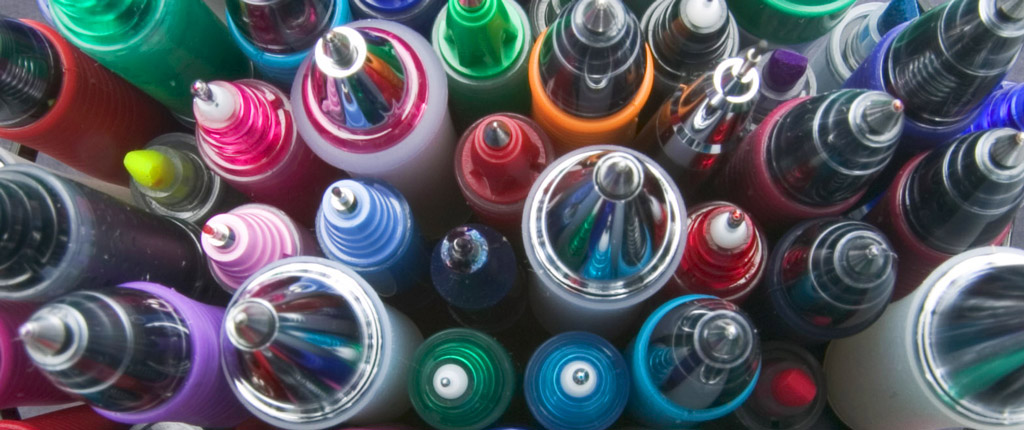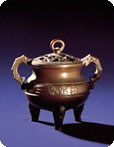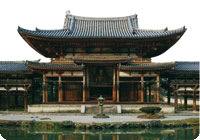
The first PILOT pens were launched in Japan in 1918. At this time, the country was opening up to Western influences and was importing European techniques.
Trade agreements and contracts were being signed and the Japanese whose writing was poorly suited to the demands of commercial trade quickly had to simplify the lines of their characters and adopt international calligraphy standards. Many pen manufacturers were set up in Japan during this time.
Ryosuke NAMIKI, a mechanical engineer and professor at the Tokyo Merchant Marine Collage, was captivated by the ingenuity of these fountain pens which his contemporaries called “10,000 year brushes” because of their uninterrupted ink flow. However, at the same time Ryosuke NAMIKI remained convinced about their imperfections
Using his skills in industrial engineering, he created a high quality prototype. After forming a partnership with one of his colleagues, Masao WADA, he created the NAMIKI MANUFACTURING COMPANY and started producing fountain pens.
As a tribute to their other shared passion, the sea, the pair used the brand name PILOT, referring to the fleet’s flagship.
In 1938 the company became the PILOT PEN Co Ltd, then in 1989 the PILOT CORPORATION, a modern name covering the decades of creativity, innovation and design which have enabled the PILOT brand to position itself as the world leader in writing instrument technology.
Philosophy
Since it was founded in 1918, Masao Wada and Ryosuke Namiki decided to adopt five Guiding Principles for the company:
The three-legged Chinese bronze cooking pot is used to represent balance in business. Each leg represents one of the three parties to the commercial relationship, the manufacturer, distributor and consumer. If one of the three legs is shorter or longer than the other two, the cooking pot will become unbalanced. We believe that if any of these three parties should suffer a loss or gain excessive benefit at the expense of the other two, the business could not run normally and sustainably.

The spirit of shared joys and sorrows, or the principle of solidarity is symbolised by the lifebuoy that is launched when it is needed, our initial trademark.
This principle extends to commercial relationships within which strong solidarity makes it possible to experience suffering and joy together in the pursuit of the same objectives. So, the company and its sales outlets must work together in complete harmony to guarantee prosperity.

3) Nankan Toppa – Overcoming difficulties
This principle illustrates the spirits of the sailors when they had to overcome difficulties: :
– The captain constantly makes his crew practice emergency drills and never looses sight of the ever-present possibility of a major disaster => preparation.
– The entire crew makes superhuman efforts, obeys orders and carry out their duties without considering their own danger => reaction.
This must be adapted to company management in order to achieve the best results.

So, if the pilot maintains constant progress, step by step, his boat will finally become the fastest. This principle is a symbol of our proverb “slowly but surely”. We must therefore make daily efforts to ensure we become the best company. With this philosophy, Masao Wada named the company’s first product “PILOT”. Without these constant efforts to improve, even leaders can fail.

Nothing is impossible if we give ourselves the resources. For us this means that however interesting the idea or project, if the approach is not committed and serious, success will not be forthcoming. This represents the unfailing policy that we adopt in R&D, production and marketing. This is why we always put ourselves in the place of the consumers and maintain this sincere and committed approach.

